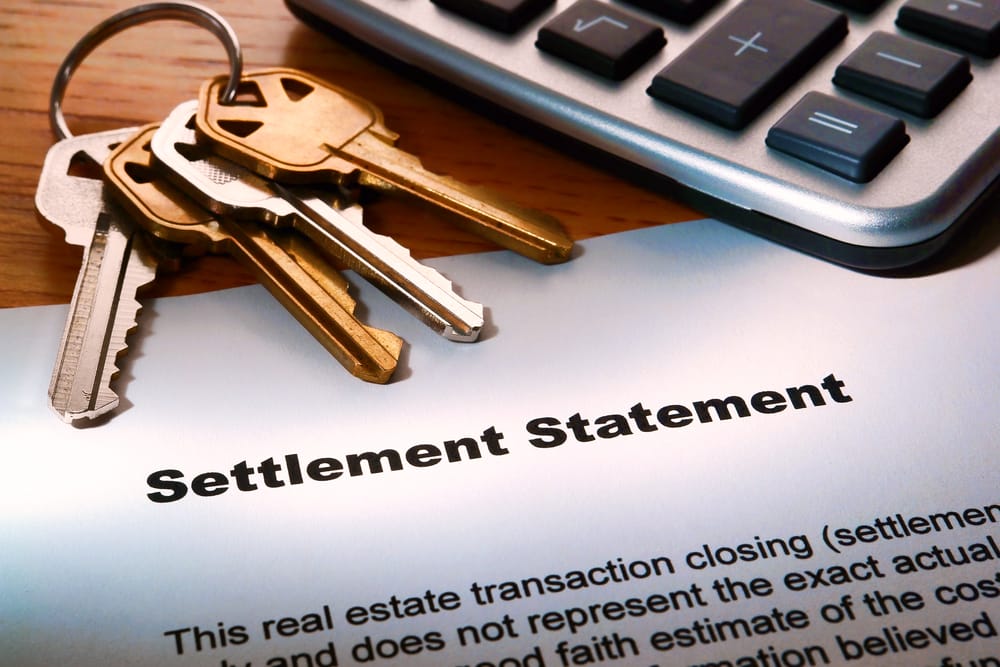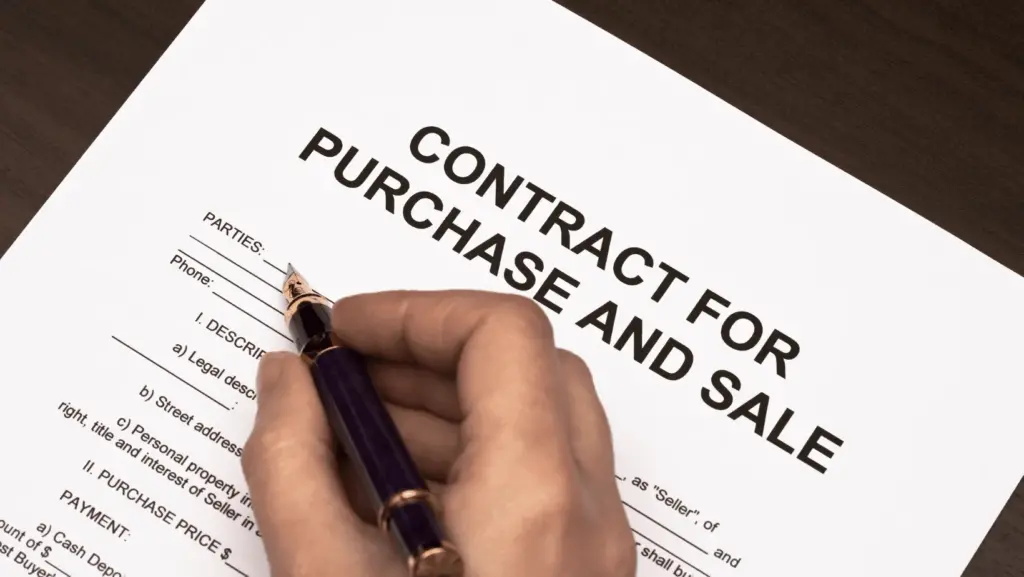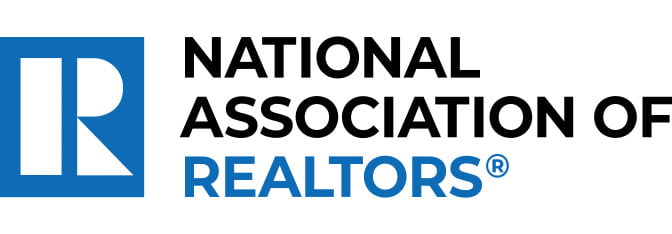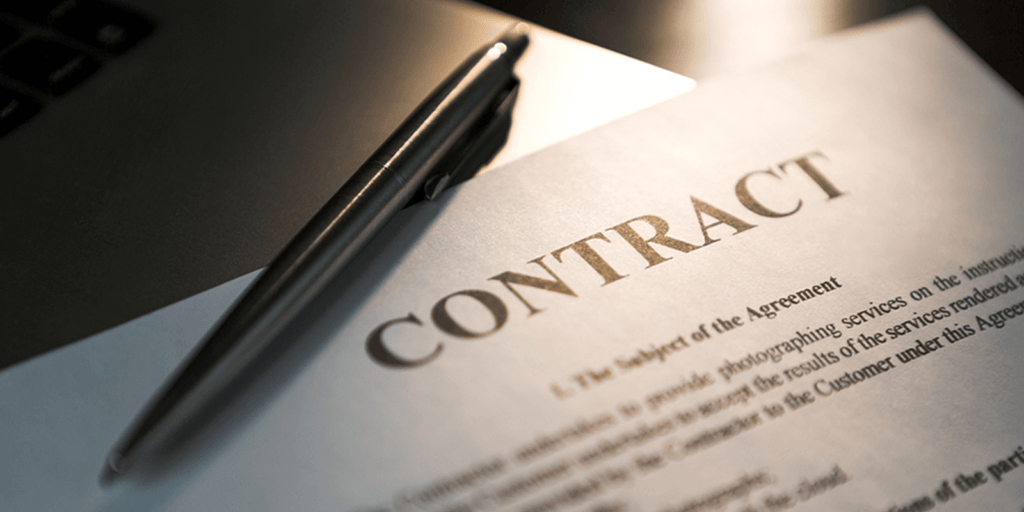Getting to the Closing Table: A Comprehensive Guide for Buyers, Sellers, and Agents
The road to closing a real estate transaction is an exciting yet complex journey. For buyers, it marks the achievement of homeownership; for sellers, it is the culmination of a successful sale. For real estate agents, it is the hard work and dedication to their clients every step of the way. Understanding the process and what to expect at each step ensures a smooth experience for everyone involved. Let’s break it down into three stages: getting to the closing table, the closing itself, and what happens after closing.

Getting to the Closing Table
The process of reaching the closing table involves several crucial steps that ensure all parties are ready for the final transaction. The MOST important rule is to ALWAYS and ONLY follow the instructions of the title company and lender – the title companies are the ones the wrap everything up and facilitate the closing process. Here’s what you need to know:
Clear to Close
The “clear to close” is an official notification from the lender that all conditions for the mortgage have been met. This includes verifying the buyer’s financials, completing all required documentation, and ensuring compliance with underwriting standards. Receiving the clear to close means the lender is ready to fund the loan, and the transaction can move forward to closing.
Finalizing Wire Instructions
Buyers and sellers must finalize their wire instructions with the title company and/or lender. This includes:
Confirming the exact amount required for the closing.
Double-checking bank details to prevent errors.
Reviewing safe practices to avoid wire fraud (discussed below).
Safe Wire Fraud Reminder
Wire fraud is a growing concern in real estate transactions. To protect yourself:
Always verify wire instructions directly with the title company or lender.
Avoid sending sensitive information over unsecured channels like email.
Confirm receipt of the wire transfer with the recipient immediately.
Closing Documentation
The title company will prepare key documents for the transaction, including:
Closing Disclosure (CD): This outlines all the costs associated with the transaction. Buyers should receive this at least three days before closing to review.
Deed and Title Transfer Documents: These ensure the legal transfer of property ownership.
Loan Documents: For buyers with financing, these include the promissory note and mortgage agreement.
Settlement Statement: This itemizes all financial details (credit and debits) of the transaction for both buyers and sellers. It is important to not make any payments unless specifically instructed by the title company.
All parties must review and ensure these documents are accurate before the closing appointment. Any discrepancies should be addressed immediately with the title company or lender.

What to Expect at Closing
Closing day is when the transaction becomes official. Here’s what each party can anticipate:
For Buyers:
Final Walkthrough: Before heading to the closing table, you’ll do a final walkthrough to ensure the property is in the agreed-upon condition. Check for any required repairs and confirm that fixtures and appliances are still in place.
Bring Necessary Documents and Funds: Bring a government-issued ID, proof of homeowner’s insurance, and a cashier’s check or wire transfer for your down payment and closing costs.
Review and Sign Documents: Be prepared to sign a stack of documents, including the loan agreement, deed, and settlement statement. Take your time to review everything and ask questions if needed.
Receive the Keys: Once all paperwork is signed and funds are transferred, you’ll officially receive the keys to your new home!
For Sellers:
Bring Necessary Documents: Provide a valid ID, keys, garage door openers, and any warranties or manuals for appliances. You’ll also need to sign documents such as the deed and settlement statement.
Settle Outstanding Balances: Be prepared for any closing costs or prorated expenses, such as property taxes, to be deducted from your proceeds.
Transfer Ownership: Once the buyer’s funds are verified, ownership of the property will officially transfer to the buyer. You’ll receive your proceeds shortly after.
For Agents:
Facilitate the Process: Be present to support your client, answer questions, and troubleshoot any last-minute issues.
Celebrate Success: Closing is the perfect time to celebrate a job well done. Consider giving your client a small gift or token of appreciation.

What Happens After Closing
Closing is not the end of the journey; there are still important steps to take:
For Buyers:
Move In: Coordinate your move and set up utilities. Notify your employer, bank, and other important contacts of your new address.
Maintain Your Home: Schedule regular maintenance to keep your property in good condition. This will help preserve its value over time.
Understand Your Mortgage: Know when your first payment is due and set up automatic payments if possible. Keep a copy of your loan documents for future reference.
For Sellers:
Cancel Utilities and Insurance: Notify utility companies and your insurance provider that you’ve sold the property. Ensure final bills are paid.
Plan Your Next Move: Whether you’re buying a new home or transitioning to a rental, take the time to organize your next steps.
For Agents:
Stay Connected: Follow up with your clients to ensure they’re satisfied and address any post-closing concerns. Building long-term relationships can lead to referrals and repeat business.
Review the Transaction: Reflect on what went well and identify areas for improvement. Continuous learning is key to success in real estate.
Conclusion
Getting to the closing table requires preparation, communication, and collaboration from all parties involved. By understanding the process and setting clear expectations, buyers, sellers, and agents can navigate the journey with confidence. Whether it’s securing financing, negotiating repairs, or celebrating a successful closing, every step brings you closer to the goal. And when the day finally arrives, it’s not just about signing papers—it’s about turning dreams into reality.










